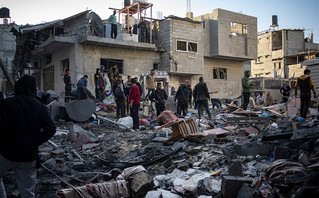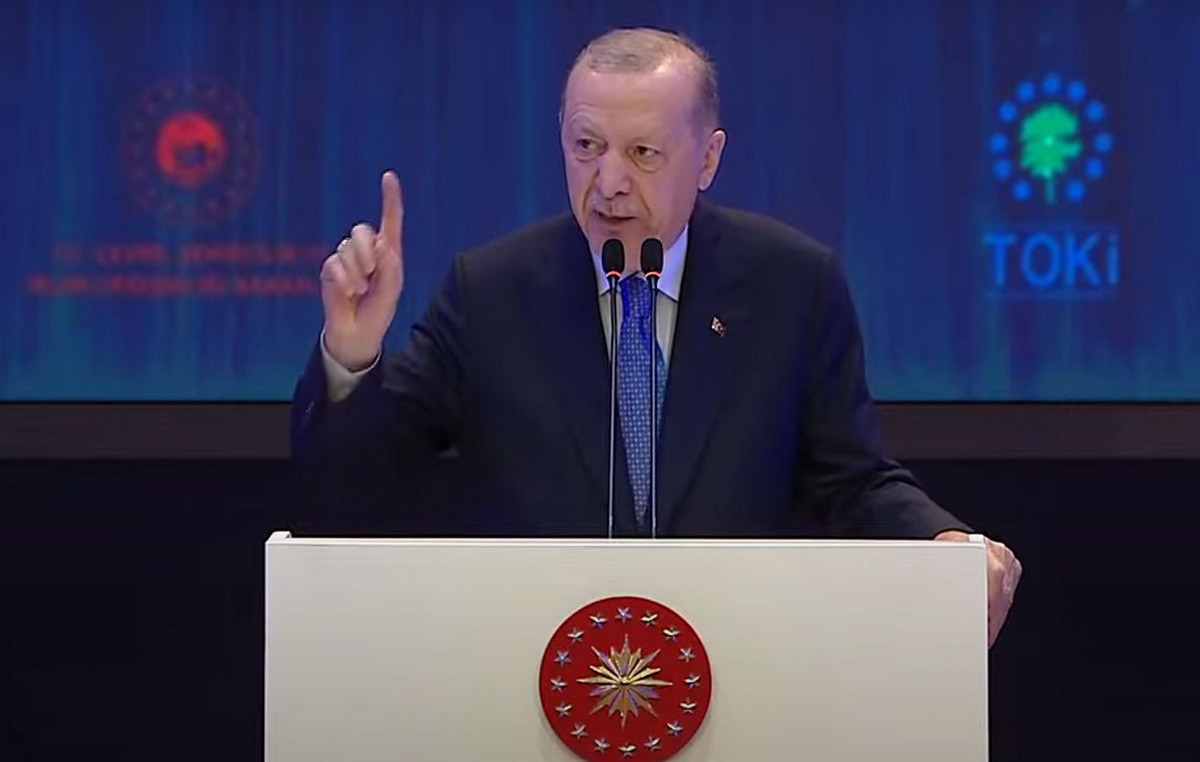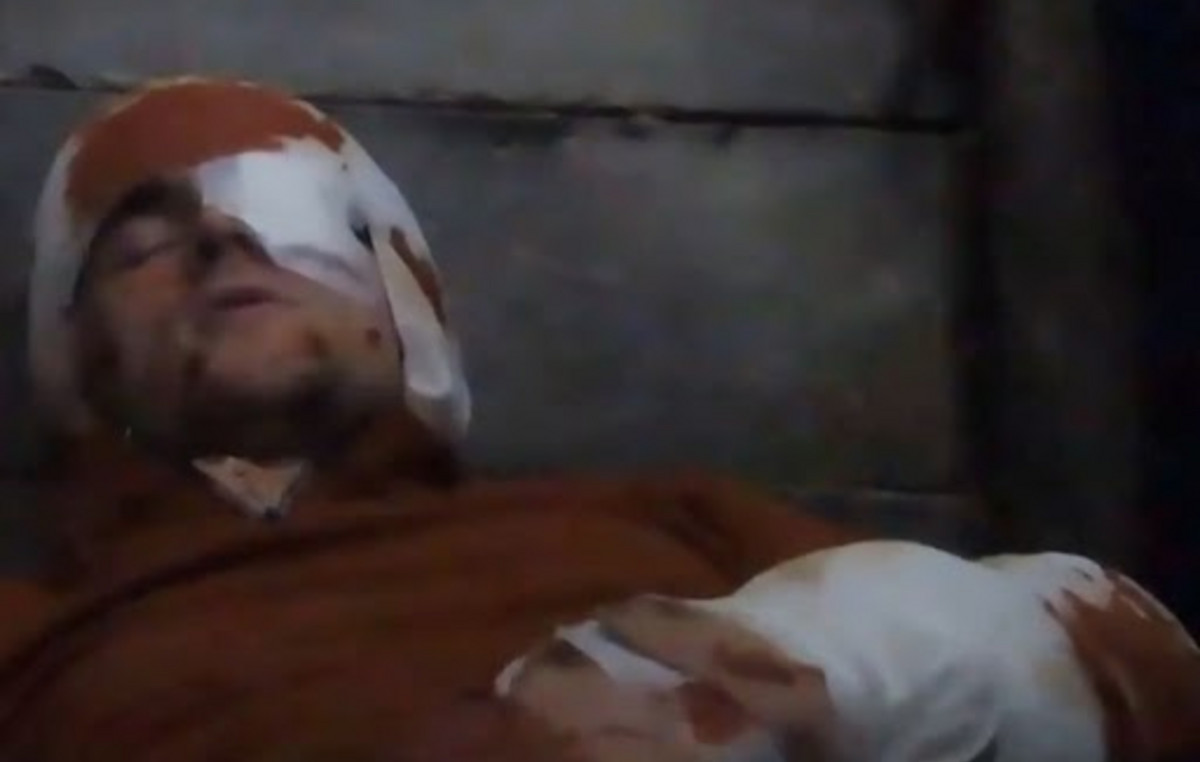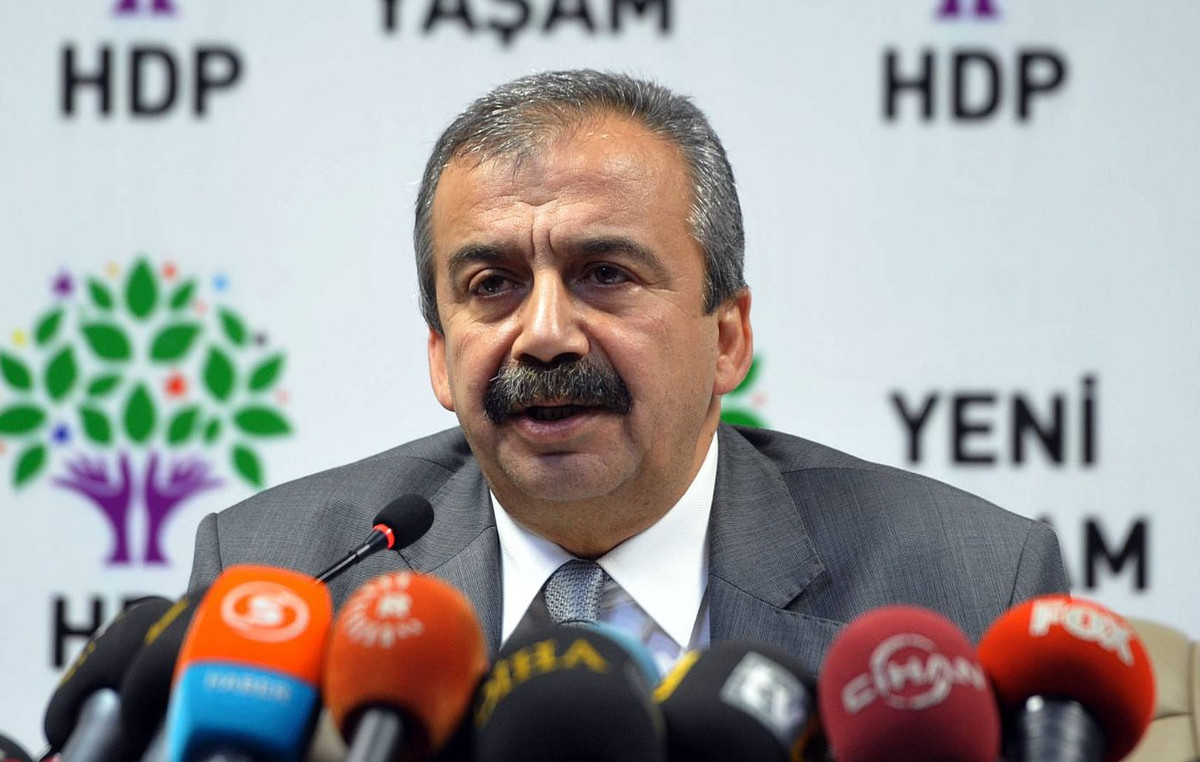The Israeli army today continues to intensify what it says is the “pressure” on Hamas, which it says is on the “brink of dissolution”, in Gaza Stripwhere hostilities are driving the civilian population into flight amid an increasingly desperate humanitarian situation.
The Palestinian Islamist movement reported heavy fighting overnight in the central part of the enclave, while eyewitnesses spoke of deadly airstrikes in southern sectors of the small Palestinian enclave under siege.
Yesterday there were numerous strikes in Khan Younis, a new focus of the fighting, and in Rafah, a city on the border with Egypt where tens of thousands of displaced people from other areas have set up makeshift camps.
Yoav Galland, his defense minister Israelclaimed in a speech broadcast by Israeli television networks that Hamas “is on the verge of collapse” as Chahal, the Israeli army, captures “its last strongholds”.
“The fact that people are surrendering (…) accelerates our success and that’s what we want, to move quickly,” Israeli Chief of Staff Herchi Halevi told Han Younis, assuring that the army would “intensify” its operations in the south and will consolidate its presence in the north.
THE Israel/Hamas warwhich is now in its 67th day, erupted after an unprecedented attack by militants of the Palestinian Islamist movement in southern sectors of Israeli territory centered on the Gaza Strip on October 7.
According to the Israeli authorities, some 1,200 people, mostly civilians, were killed in the attack and another 240 were kidnapped and taken to the Palestinian enclave, 137 of whom remain in captivity, after the truce that allowed the release of over 100 hostages, mainly women and children.
According to the Hamas government’s health ministry, more than 18,200 people have been killed in Israeli retaliatory bombing of the Gaza Strip, the vast majority of them women, children and teenagers.
Since the beginning of his land operations, Chahal says he has suffered about a hundred casualties.
“Apocalypse” Scene
The situation in the Gaza Strip is “revealing”, the head of European diplomacy, Giuseppe Borrell, said last Monday night, according to which the level of devastation in the Palestinian enclave is comparable to, if not “higher” than, what Germany suffered in the latter stages of World War II.
According to the UN, more than half of the houses have been destroyed or damaged because of the war in the Gaza Strip, where 1.9 million people, in other words 85% of the population, have been displaced.
“More and more people don’t eat for a day, two days, three days (…) The world lacks everything,” said the director of the United Nations Relief and Works Agency for Palestine Refugees in the Near East (UNRWA), Philippe Lazzarini. .
According to the UN Office for the Coordination of Humanitarian Affairs (OCHA), those displaced in Rafah are facing “catastrophic conditions” in conditions of “overcrowding”, both “inside and outside” the locations where they have taken refuge.

“There is no hygiene, no food, no water,” said Samar Salhoub, 18, adding that there is no access to sanitary pads and she is forced to use “rags”.
“We went from Gaza to Khan Younis, then we came to Rafah. Every night they bomb and destroy houses. They say Rafa is a safe place. There is no safe place,” stressed Umm Mohammed al-Jabri, 56, who lost seven of her eleven children in this war.
Aid without a ceasefire?
The UN and humanitarian organizations are appealing to Israel to allow more aid into the Gaza Strip. The Israeli authorities counter that they want to control the trucks entering and leaving the enclave.
Last night the Israeli army announced it was setting up two more checkpoints to inspect trucks before they enter Gaza via the Rafah border crossing, a move it said could “double” the amount of aid coming through.
His announcement came ahead of today’s UN General Assembly emergency meeting on the humanitarian situation in Gaza, following the US veto on Friday of a draft Security Council resolution calling for a “humanitarian ceasefire”.
The General Assembly, whose decisions are not legally binding, may adopt a resolution expressing concern over the “catastrophic humanitarian situation in the Gaza Strip” and “demanding an immediate humanitarian ceasefire”, protection of civilians, access to humanitarian aid and the “immediate and unconditional” release of all hostages.
“We continue to not support a ceasefire because that would mean Hamas would retain control of Gaza, but we absolutely support additional humanitarian ceasefires,” John Kirby, the spokesman for the US presidency’s National Security Council, told reporters yesterday.
The term “humanitarian pause” described the week-long truce in late November in the Gaza Strip that the parties agreed to after negotiations brokered by Qatar, Egypt and the US.
On the northern front
The war in the Gaza Strip continues to raise tensions in the rest of the region. On the Israel/Lebanon border, exchanges of fire continue between the Israeli army and Hezbollah, a Lebanese Shiite movement allied to Iran and Hamas.
The US government said it was “concerned” on Monday after the publication of a Washington Post article alleging that Israel’s military used US-made white phosphorus ammunition in artillery strikes in southern Lebanon in October.
At the same time, Benny Gantz, a member of Israel’s wartime government, discussed yesterday with US Secretary of State Anthony Blinken about the “increasing attacks” of Hezbollah and the need for Israel to “eliminate this threat”.
In addition to Lebanon, there were two attacks in Iraq and Syria targeting military bases where forces of the international anti-jihadist coalition are stationed, a US military officer said, as reported by Agence France-Presse and relayed by the Athens News Agency.
Responsibility for these attacks was claimed by the “Islamic Resistance in Iraq”, a nebula of Iraqi pro-Iranian paramilitary organizations angered by American support for Israel.
While in the Strait of Bab al-Madeb, a cruise missile, fired from an area of Yemen under the control of the Shiite Houthi rebels, hit the Norwegian-flagged tanker Strinda, causing fire and damage, but no casualties among its crew, the military said. of the USA.
Source: News Beast
With 6 years of experience, I bring to the table captivating and informative writing in the world news category. My expertise covers a range of industries, including tourism, technology, forex and stocks. From brief social media posts to in-depth articles, I am dedicated to creating compelling content for various platforms.







